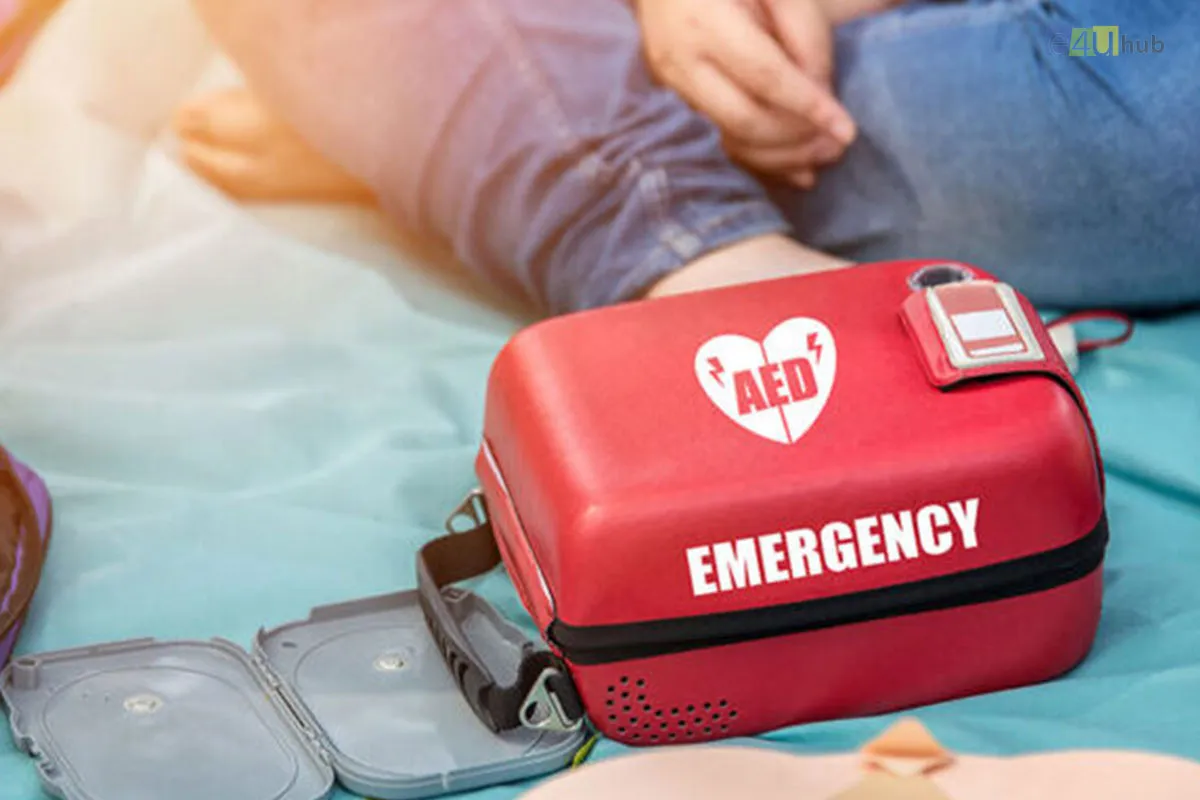
The Vital Role Of AED Batteries In Emergency Response
- 01 Jan, 2024
- Tech
- 649 Views
- 0 Comments
In the realm of emergency response, Automated External Defibrillators (AEDs) stand as crucial lifesaving devices. These devices are designed to provide immediate intervention in the case of sudden cardiac arrest, delivering electric shocks to the heart to restore its normal rhythm. While the importance of AEDs is widely recognized, the often-overlooked hero in this scenario is the AED battery. In this blog post, we'll explore the vital role of AED batteries and why their proper functioning is paramount in emergencies.
1. Powering the Lifesaver:
AEDs rely on battery power to function effectively. The batteries supply the necessary energy to deliver a controlled electric shock to the heart, a critical step in reviving a person experiencing sudden cardiac arrest. Without a fully charged and properly functioning battery, the AED is rendered ineffective, emphasizing the pivotal role of batteries in emergency response.
2. Reliability in Crisis Situations:
During an emergency, every second counts. AEDs are designed to be user-friendly, and their reliability hinges on the performance of the battery. The battery must provide a consistent and reliable power source to ensure that the AED is ready for use immediately. Regular battery checks and replacements are essential to guarantee the AED's readiness when it is needed most.
3. Maintenance and Monitoring:
AEDs often come equipped with battery status indicators or monitoring systems that alert users when the battery needs attention. Regular maintenance, including checking the battery status, is crucial to ensure the device is in optimal condition. Batteries that are nearing the end of their life cycle or showing signs of deterioration must be replaced promptly to maintain the AED's effectiveness.
4. Longevity and Shelf Life:
AED batteries are designed to have a specific lifespan, typically two to five years, depending on the device and the type of battery used. Understanding the battery's shelf life is vital for planning regular replacements and ensuring that the AED remains reliable over an extended period.
5. Choosing the Right Battery:
Different AED models may require specific types of batteries. It's essential to follow the manufacturer's recommendations and guidelines when selecting and replacing batteries. Using the correct battery ensures compatibility and optimal performance during emergencies.
6. Community Awareness and Education:
Creating awareness within communities about the importance of AED maintenance, including battery checks and replacements, is crucial. Education programs can empower individuals and organizations to take responsibility for the proper functioning of AEDs in public spaces, workplaces, and other locations.
Conclusion:
AEDs play a pivotal role in saving lives during sudden cardiac arrest, and the batteries that power these devices are equally critical. The proper functioning of AED batteries ensures that these lifesaving devices are ready for action when every second counts. Regular checks, timely replacements, and community awareness about the importance of AED maintenance collectively contribute to a more prepared and responsive emergency environment. As we recognize the significance of AEDs in our communities, let's not forget to shine a spotlight on the unsung hero – the AED battery – and its vital role in emergency response.















Leave a Reply